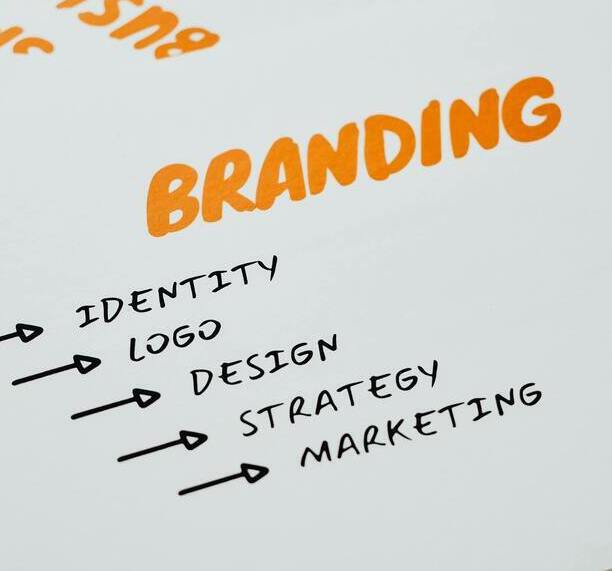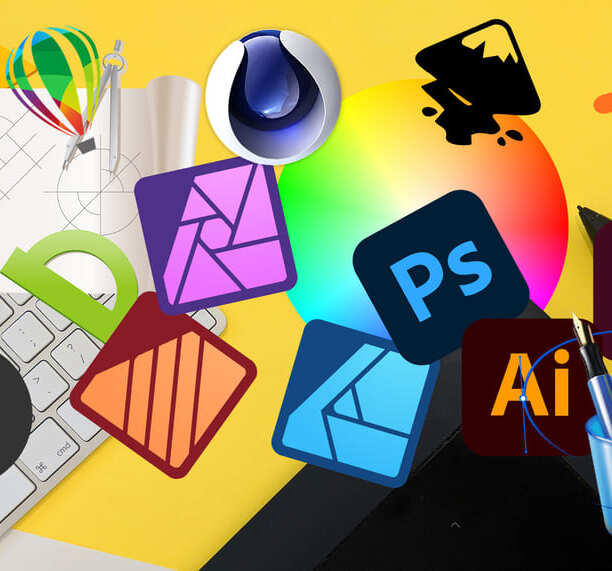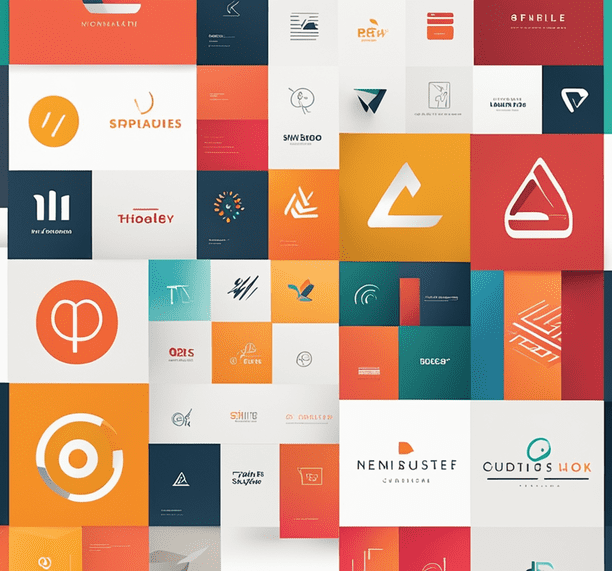In today's digitally-driven world, social media has become
an integral part of our daily lives. From scrolling through
news feeds to sharing life's moments, its impact is
undeniable. Research data consistently highlights the
pervasive influence of social media across demographics.
According to recent studies published by
Datareportal, there were 5.07 billion social media users around the
world at the start of April 2024, equating to 62.6 percent
of the total global population. This shows the astonishing
number of potential customers a business can reach.
Beyond just connecting friends and family, social media
platforms serve as powerful tools for businesses. Hence,
these platforms are not merely recreational; they also shape
consumer behaviour significantly. Reports suggest that
around
54% of users browse social media to research products, making it a crucial space for brands to engage with
potential customers. Online purchasing behaviours are also
heavily influenced by social media, with studies indicating
that approximately 71% of consumers are more likely to make
a purchase based on social media referrals, and product
research is one reason why 76% of internet users access
social media. Therefore, advertising on social media
platforms provides many engagements and sales since around
84% of consumers search for brands on social media
before making a purchase.
In this amazing social media marketing ecosystem, visual
content has emerged as a pivotal element in capturing
consumer attention and driving engagement. According to a
report by
PR Daily, content with good images gets 94% more views than content
without.
The Importance of Social Media Graphics
Social media graphics are crucial for businesses in today's
digital landscape. They significantly increase engagement,
improve brand recognition, and enhance communication by
making complex information more accessible. Graphics also
help boost conversion rates and extend reach due to
favourable platform algorithms. They support storytelling,
add professionalism, and offer SEO benefits, giving
businesses a competitive edge. Overall, high-quality,
visually appealing graphics are essential for capturing
attention, building trust, and achieving marketing goals.
The significance of social media graphics extends beyond
mere aesthetics; they are a crucial tool in conveying your
message, culture, and values. Imagery on social media
platforms has the unique ability to communicate complex
messages swiftly and effectively, breaking down barriers of
language and literacy. Moreover, in a landscape saturated
with content, distinctive and engaging graphics can be the
difference between blending in and standing out. Studies
indicate that people remember 80% of what they see, compared
to only 20% of what they read and 10% of what they hear;
hence, anytime you are crafting your social media graphics,
remember that your goal is not just to be seen but to be
remembered.
Tips And Tricks for Crafting Compelling Graphics for Social Media
Creating compelling graphics for social media is an essential yet challenging task for businesses looking to capture audience attention and convey their message effectively. The act involves a blend of creativity, strategy, and technical know-how. Here are some tips and tricks to help you create graphics that increase engagement and reach:
1. Know Your Audience
Conduct thorough audience research to understand their demographics, interests, behaviours, and preferences. Use the analytics tools provided by social media platforms to gather insights into your audience's demographics and engagement patterns. This knowledge will guide your design choices and help you create graphics that resonate with your target audience. For instance, if you're targeting millennials on Instagram, you might focus on visually appealing content that tells a story or showcases experiences rather than purely promotional material. Analyse audience demographics, interests, and engagement data using tools like Facebook Insights or Google Analytics to tailor your graphics accordingly.
2. Incorporate Your Brand's Identity
Incorporating a brand's identity into digital graphics for social media is crucial for building brand recognition and fostering a consistent brand image. Consistency is key to building brand recognition and trust. Your social media graphics should reflect your brand’s identity and personality. Develop brand guidelines that dictate your visual identity, including colours, fonts, logo usage, and design principles. Apply these guidelines consistently across all your social media graphics to create a cohesive brand image that users can easily recognise and remember.
3. Keep It Simple
In a cluttered online world, simplicity is key. Keeping digital graphics simple ensures clarity and ease of understanding for your audience. Simplicity reduces cognitive load, making it easier for viewers to absorb your message quickly. By focusing on simplicity, you can create graphics that are impactful, memorable, and effectively communicate your intended message. Social media users have short attention spans, so it's essential to communicate your message quickly and clearly. Avoid cluttered designs with too many elements competing for attention. Instead, focus on a single focal point or message and use simple, easy-to-understand visuals to convey a message effectively.
4. Use Eye-Catching Visuals
Using eye-catching visuals in digital graphics is essential because they capture attention quickly, which is crucial in the fast-paced world of social media. Engaging visuals not only attract viewers but also increase the likelihood of interaction, such as likes, shares, and comments. Additionally, compelling graphics help convey your message more effectively and make it more memorable, ensuring that your content stands out in a crowded digital landscape. This enhanced engagement and retention can lead to better brand recognition and a stronger online presence. Use visually striking elements such as bold colours, high-quality images, creative typography, and dynamic compositions to capture users' attention as they scroll through their feeds. Use white space strategically to highlight key elements and create a sense of harmony in your designs. Experiment with different visual techniques to create graphics that stand out and make users stop and take notice.
5. Use Templates and Tools
Designing graphics from scratch can be time-consuming and challenging, especially for those without a background in graphic design. Take advantage of pre-made templates and design resources to streamline your graphic design process and maintain consistency. Platforms like Canva, Adobe Spark, Piktochart, and PickMonkey offer a wide range of customisable templates for social media graphics, making it easy to create professional-looking designs without advanced design skills.
6. Optimise for Each Platform
Each social media platform has its own image dimensions and specifications, so it's essential to tailor your graphics to fit each platform's requirements. Use the recommended image sizes for each platform to ensure that your graphics display correctly and look their best across all devices and screen sizes. This will ensure that your graphics look their best and are well-received on each platform. Below are the image sizes in pixels of some popular social media platforms
- Facebook: Profile (180x180), Cover (820x312), Square (1200 x 1200), Shared Image (1200x630), Stories and Reels: (1080 x 1920)
- Instagram: Profile (320x320), Square (1080x1080), Story (1080x1920)
- Twitter: Profile (400x400), Header (1500x500), In-Stream (1600x900)
- LinkedIn: Profile (400x400), Background (1584x396), Shared Image (1200x627)
- Pinterest: Profile (165x165), Pin (1000x1500)
- YouTube: Profile (800x800), Channel Cover (2560x1440), Thumbnail (1280x720)
- TikTok: Profile (200x200), Video (1080x1920)
- Snapchat: Geofilter and Ad Image (1080x1920)
- Tumblr: Profile (128x128), Image Post (500x750)
7. Use High-Quality Imagery
High-resolution images and graphics are visually appealing and draw attention, increasing engagement rates and encouraging interaction with your content. Moreover, high-quality imagery ensures message clarity, allowing your audience to easily understand and connect with your content. Invest in quality visuals that are clear, crisp, and relevant to your message. Low-quality or pixelated images can detract from your message and reflect poorly on your brand. Websites like Unsplash and Pexels offer access to high-quality, royalty-free images that can enhance your graphics without the need for a hefty budget.
8. Incorporate Typography Effectively
Typography plays a crucial role in graphic design, as it affects readability and visual impact. Experiment with different fonts, sizes, and styles to create text elements that complement your visuals and convey your message effectively. Choose fonts that align with your brand's personality and tone. Incorporating typography effectively into your social media graphics involves more than just choosing the right fonts. It's about creatively using text to convey your message, evoke emotion, and enhance the visual appeal of your design. Dynamic typography takes this a step further by introducing movement, animation, or other effects to the text, making it more engaging and interactive for your audience.
9. Experiment with Different Formats
Don't limit yourself to static images. Explore different formats such as videos, GIFs, carousels, or infographics to add variety to your content. Using diverse formats helps prevent content fatigue and keeps your audience engaged. Experimenting with different formats in your social media graphics broadens audience engagement, adds content variety, optimizes for platform nuances, enhances storytelling capabilities, maximizes visual impact, and provides valuable performance insights for future content strategy.
10. Test and Analyze
Don't be afraid to experiment with different graphic styles and formats to see what resonates best with your audience. Monitor the performance of your social media graphics using the analytics tools provided by each platform. Pay attention to metrics such as engagement rate, click-through rate, and conversion rate to evaluate the effectiveness of your graphics. Use this data to identify what's working well and what can be improved, and continually iterate and optimise your graphic design strategy based on insights gleaned from analytics.
In conclusion, mastering the art of social media graphics is a journey of continuous learning and experimentation. By understanding the importance of visuals, tapping into the psychology of imagery, and employing the right tools and techniques, you can create graphics that not only stand out but also resonate with your audience. Remember, the goal is not just to catch the eye but to engage the heart and mind, fostering a deeper connection with your audience. As you apply these proven tips and tricks, you'll not only boost engagement and reach but also elevate your entire social media presence. The world of social media is constantly evolving, and by staying ahead of the curve with compelling, effective graphics, you ensure that your brand not only survives but thrives in the digital age.








